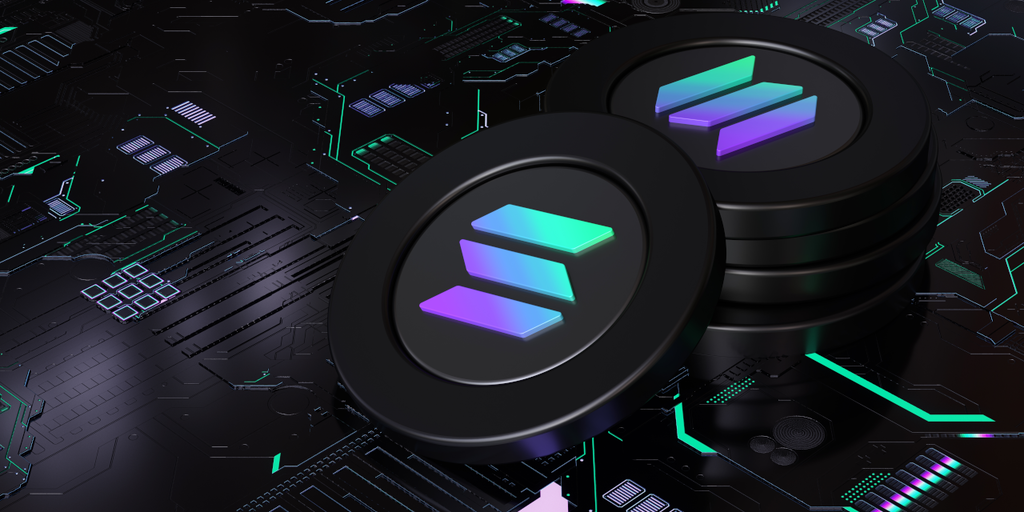We do the research, you get the alpha!
Get exclusive reports and access to key insights on airdrops, NFTs, and more! Subscribe now to Alpha Reports and up your game!
Go to Alpha Reports
In response to the escalating congestion issues plaguing the Solana network, the Anza team—which spun out of Solana Labs ealier this year—has released proposed fixes in version 1.18.11 of its validator client.
A validator client is a specialized piece of software used to reach consensus on proof-of-stake blockchains like Solana and Ethereum. The software allows validators to verify transactions—checking that they comply with network rules and that the sender has sufficient funds—before adding new blocks to the chain.
The ongoing congestion issues on the Solana network have prompted developers to take swift action. Although optimizing validator clients is one solution, devs are also looking at optimizing computing unit usage, implementing priority fees to enhance user experiences, and exploring stake-weighted Quality-of-Service (QoS) to prioritize transactions more efficiently.
Deployed initially on a devnet, Anza has called upon testnet validators help test the new software to see how effectively it addresses the congestion issues.
.@Solana testnet validators, the v1.18.11 release is now deployed to devnet, recommended for use on testnet. Please upgrade ASAP to help us start analyzing the effects of the proposed congestion fixes. https://t.co/8tcmtZ5tuQ
— Anza (@anza_xyz) April 12, 2024
The congestion on Solana has primarily been attributed to spam transactions, significantly impacting transaction processing speeds and increasing transaction drop rates. The network’s unique architecture, which processes transactions directly without a mempool, further complicates the issue.
External analyses reinforce the gravity of the congestion issues facing Solana.
Recent reports have pointed out that investor interest in Solana meme coins has led to a surge in network congestion. This congestion has resulted in substantial delays in transaction processing and communication between nodes, with data on SolScan suggesting transaction failure rates as high as 50% to 80%.
Source: SolScan
The Solana Foundation has been proactive in acknowledging the issues—and user frustration.
Solana Foundation Head of Strategy Austin Federa tweeted a rundown of the situation on Wednesday, noting that the issues stem from an implementation of the QUIC protocol and can be attributed to a known issue that suddenly got much worse due to “unprecedented demand.”
Developers from Anza, Firedancer, Jito, and other core contributors are working diligently (and not sleeping much) to shore up Solana’s networking stack to meet the unprecedented demand the network is seeing today.
There’s been a lot of threads on what exactly is causing the…
— Austin Federa | 🇺🇸 (@Austin_Federa) April 10, 2024
“This is, put simply, tech debt,” he wrote, adding that the network has overcome issues like this before. “Every decision is a series of tradeoffs, sometimes you get it right, sometimes you get it wrong. This is not dissimilar from what the Solana network went through in early 2022—when demand outstripped the capacity of several systems.”
Edited by Andrew Hayward
Stay on top of crypto news, get daily updates in your inbox.
Source: https://decrypt.co/226055/solana-congestion-fix-nears-devs-upgrade-asap



